In the 2000s, collector Lloyd Cotsen and his then-curator the late Mary Kahelberg began what would become The Box Project: Uncommon Threads, commissioning 36 international, contemporary artists to work within a given set of parameters. They were challenged to work within the confines of an archival box—to create one-of-a-kind works of art. What followed were years of fascinating correspondence with the artists who would participate in the project. As expected, each interpreted the challenge in his or her own way, resulting in an exceedingly diverse collection of works that reflects the artists’ skill and creativity. Most of the pieces in the show are presented in their accompanying 23″ by 14″ by 3” or 14” by 14″ by 3″ boxes.
The exhibition showcases these skilled artists’ ingenious use—and often-expansive definitions—of fiber, while exploring the collector/artist relationship. The exhibition couples the box commissions with other examples of the participating artists’ larger works. Also included are some of the letters and drawings and maquettes for the exhibition — a fascinating glimpse of the creative process.
The 36 artists whose work appears in this exhibition are Masae Bamba, James Bassler, Mary Bero, Zane Berzina, N. Dash, Virginia Davis, Carson Fox, Shigeki Fukumoto, John Garrett, Ana Lisa Hedstrom, Helena Hernmarck, Pat Hodson, Kiyomi Iwata, Gere Kavanaugh, Ai Kijima, Hideaki Kizaki, Lewis Knauss, Nancy Koenigsberg, Gerhardt Knodel, Naomi Kobayashi, Gyöngy Laky, Paola Moreno, Jun Mitsuhashi, Kyoko Nitta, Hisako Sekijima, Barbara Murak, Cynthia Schira, Heidrun Schimmel, Carol Shinn, Sherri Smith, Hadi Tabatabai, Koji Takaki, Aune Taamal, Richard Tuttle, and Peter Weber. Work by 10 of those included is available through browngrotta arts.
On September 10th, three of the artists involved, Gere Kavanaugh, Gyöngy Laky, and Hisako Sekijima joined the curator of the Cotsen Collection, Lyssa C. Stapleton, in a conversation about their respective processes and resulting “boxes.” We were fortunate to attend their talk and to catch up with a number of artist, collector and curator friends.
“The box is a technical tool and also a spatial construct,” Sekijima told the audience, “which gave me freedom.” The artist used the box, she explained, as a mold in which multiple baskets were integrated whole.” Kavanaugh spoke at length of her work as a designer for Lloyd Cotsen, including her design of the brightly colored Neutrogena headquarters.
Laky talked about her work and the influence of the environment and feminism on her work — including her free-standing word sculpture, Slowly, composed of letters that can be read as LAG or GAL, and which was motivated by Laky’s efforts in improve gender equity in hiring in the University of California system.
On October 14th, in Culture Fix, Lacy Simkowitz, curatorial assistant at the Cotsen Collection, who worked closely with artists featured in The Box Project, will discuss how the exhibition developed. From mining the archives to decisions about the exhibition checklist, Simkowitz played a key role in the development of the traveling exhibition. In this gallery talk, she will discuss case studies by James Bassler, Ai Kijima and Cynthia Schira and she share behind-the-scenes stories about the exhibition planning process.

Crowds lining up for the opening reception of The Box Project at the Fowler Museum. Photo by Tom Grotta
The Box Project: Uncommon Threads is at the Fowler through January 15, 2017. The Fowler is located on the UCLA campus, 308 Charles E. Young Drive, North, Los Angeles, California 90024; 310.825.4361.

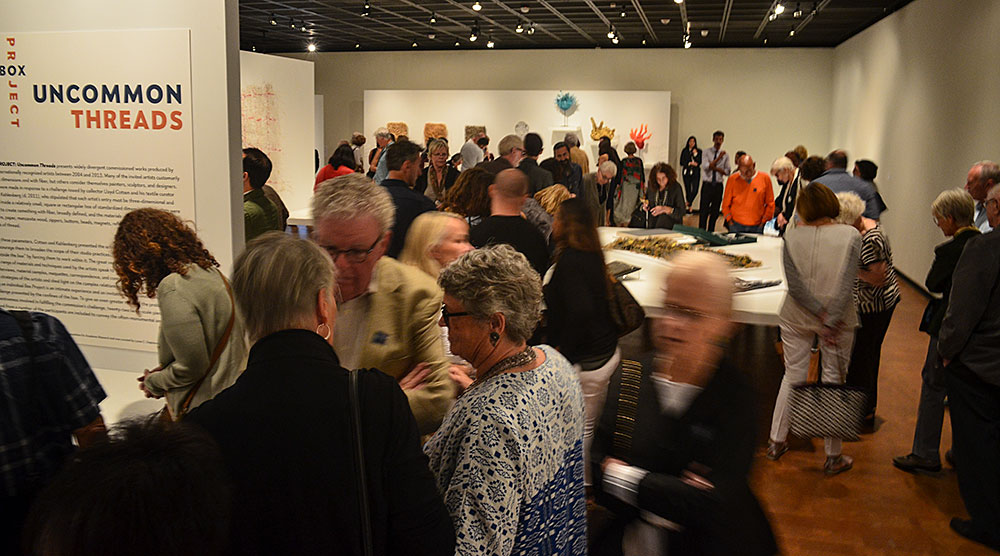

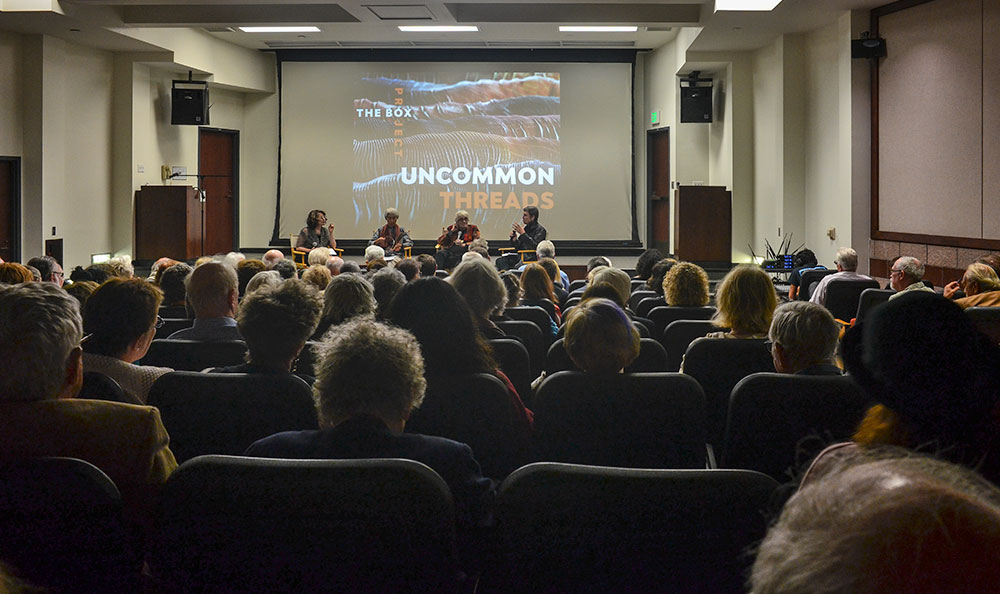
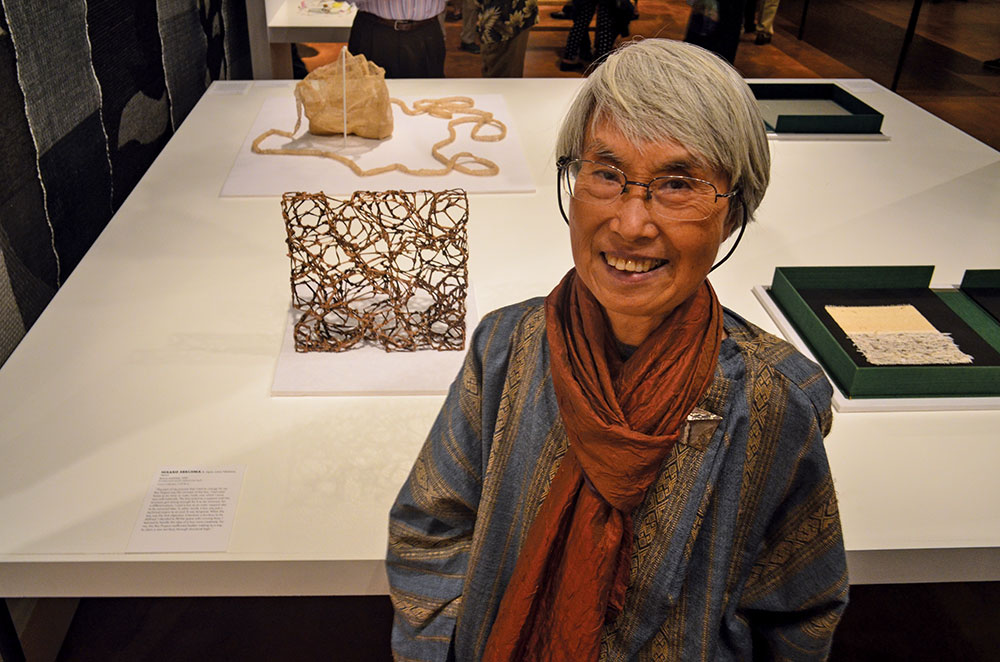
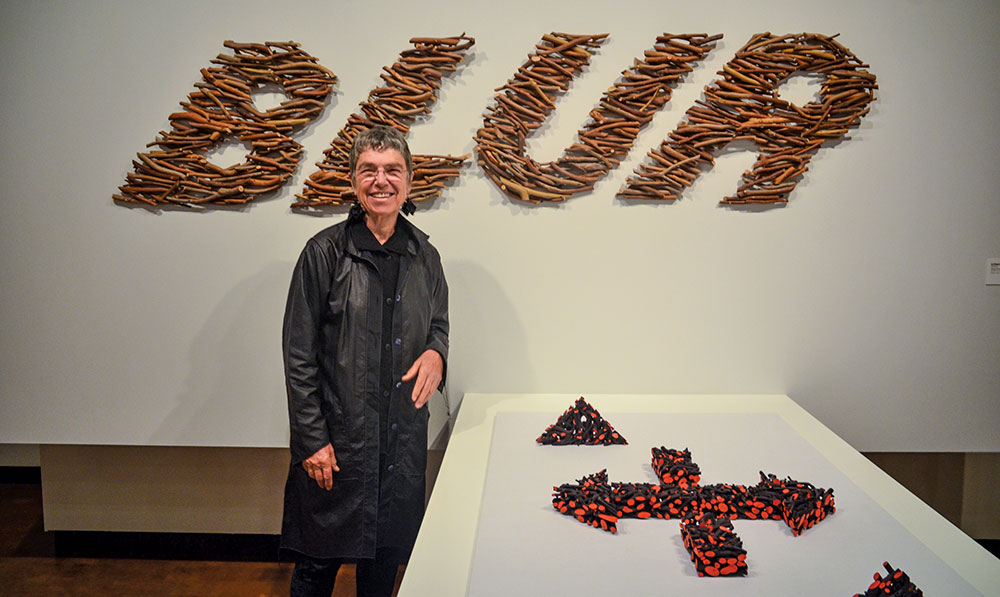






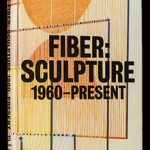








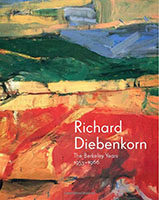

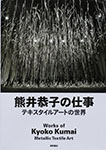
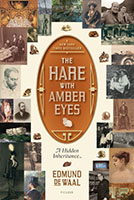

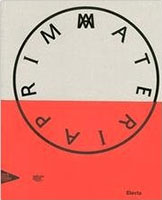
 Randy Walker
Randy Walker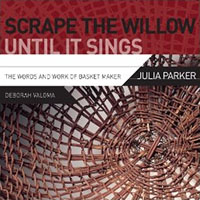 And From
And From 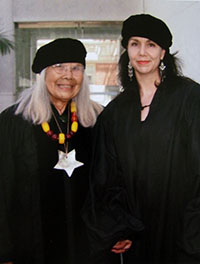

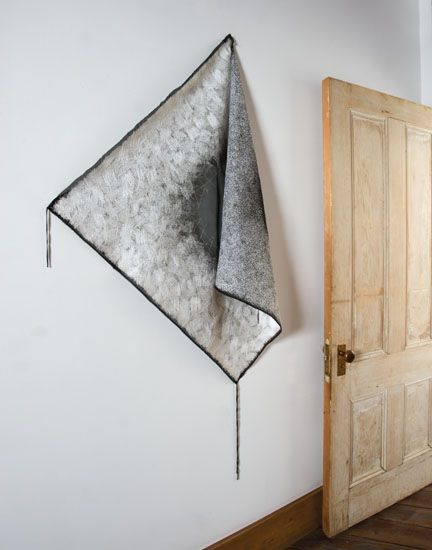



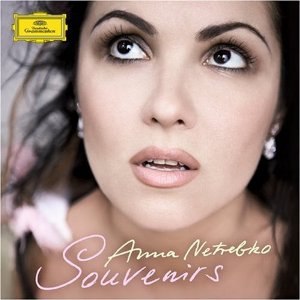
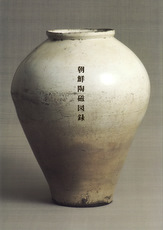
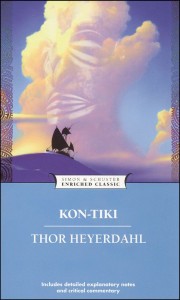
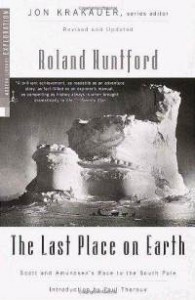
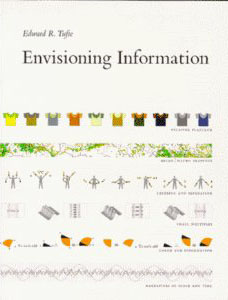



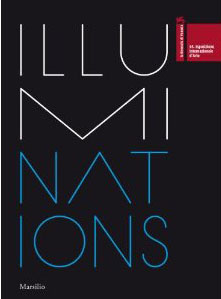

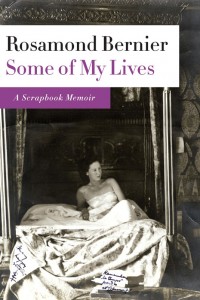
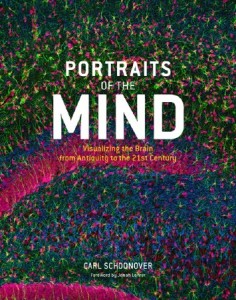
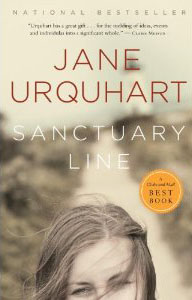





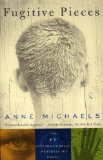







Books Make Great Gifts 2016
Another year of widely divergent books. Art, biology, history and biography are all represented in the answers we received to the questions we asked of artists that work with browngrotta arts: What books cheered you? Inspired you? Provided an escape?
Dona Anderson, wrote that she is reading Herbert Hoover: A Life by Glen Jeansonne (NAL, New York, 2016) who calls Hoover the most resourceful American since Benjamin Franklin. “I recently had a birthday and remember that my mother went to vote on the day I was born, November 6th, and she voted for Herbert Hoover. Consequently, I started to think about what the political atmosphere was like then — as ours was so crazy and even more so now. When I went to the library in October, the Hoover book was brand new and it appealed to me.” Rachel Max is reading Materiality, edited by Petra Lange-Berndt (MIT Press, Cambridge, 2015), one of the latest additons to the Whitechapel Documents of Contemporary Art series. It’s a fantastic series. Each volume in the series focuses on a specific theme and contains many thought-provoking essays from theorists and artists. Materiality not only addresses key geographical, social and philosophical issues, but it also examines how artists process and use materials in order to expand notions of time, space and participation. As the publisher notes, “this anthology focuses on the moments when materials become willful actors and agents within artistic processes.” Max has also been dipping into the diaries of Eva Hesse. “They are extremely private and were never meant for publication. But, as a huge fan of her work it is interesting to read her thoughts,” Max writes.
Rachel Max is reading Materiality, edited by Petra Lange-Berndt (MIT Press, Cambridge, 2015), one of the latest additons to the Whitechapel Documents of Contemporary Art series. It’s a fantastic series. Each volume in the series focuses on a specific theme and contains many thought-provoking essays from theorists and artists. Materiality not only addresses key geographical, social and philosophical issues, but it also examines how artists process and use materials in order to expand notions of time, space and participation. As the publisher notes, “this anthology focuses on the moments when materials become willful actors and agents within artistic processes.” Max has also been dipping into the diaries of Eva Hesse. “They are extremely private and were never meant for publication. But, as a huge fan of her work it is interesting to read her thoughts,” Max writes.
Nimura’s skillful crafting of a can’t-put-it-down narrative of their experiences on two sides of the Pacific is a vividly rich visual, as well as historical, account. She produced for the reader, through captivating descriptions illuminating the startling differences between these two very different cultures, the contrasting worlds we could easily visualize.
Stacy Shiff, Pulitzer Prise-winning author of Cleopatra wrote: “Nimura reconstructs their Alice-in-Wonderland adventure: the girls are so exotic as to qualify as ‘princesses’ on their American arrival. One feels “enormous” on her return to Japan.” It is just this Alice-in-Wonderland aspect of their story that caught my imagination. As in Louis Carroll’s Alice’s Adventures in Wonderland, it is the environment and the material culture that sets the stage for remarkable events. The tangible aspects of two vastly contrasting cultures – intellectually, technically, behaviorally and in terms of the accoutrements of every day life, express well the often conflicting, peculiar and unexpected events in the girls’ lives. The girls move from Japanese clothing, furniture and customs to western style and then back again feeling more comfortable in western settings than in their birth homes kneeling on the floor and lavishly swathed in yards and yards of embroidered silks.
In the late 19th century the US was bursting with inventions and change. Planning begun in the 1850s for the Chicago World’s Fair was well under way, ushering in the Gilded Age of rapid industrial growth, design innovation and expansion of popular culture. A startlingly appropriate time for the girls’ cultural experiment to take place. Nimura, who moved to Japan for three years with her Japanese/American nesei husband, was adept at utilizing her keen sense of design and broad knowledge of the two disparate material cultures. She skillfully brought to life the vast differences between the two civilizations through masterful and insightful descriptions of clothing, hairstyles, furniture, interiors, architecture as well as the cities in which they existed. This, combined with her extensive research, presents the reader with many insights into the relations between the two countries and their intertwined histories through the lives of these exceptional girls and their extraordinary adventures.
As Miriam Kingsberg of the Los Angeles Review of Books wrote, “Daughters… is, perhaps, less a story of Japanese out of place in their country, than of women ahead of their time.” Laky adds that while she was a professor of art and design at the University of California, Davis, she encouraged her students to study abroad. “This book illustrates how education and experience in a foreign country enhances understanding of other cultures and peoples – perhaps more important today than in the 1870s and 80s. I believe travel also greatly inspires creativity.”
It is a sad and exciting story about a typical lonely man in today’s Denmark, she wrote. “Written in a wonderful language – so one can just imagine him, by reading it and it is just as sad as Stoner.
As always, enjoy!